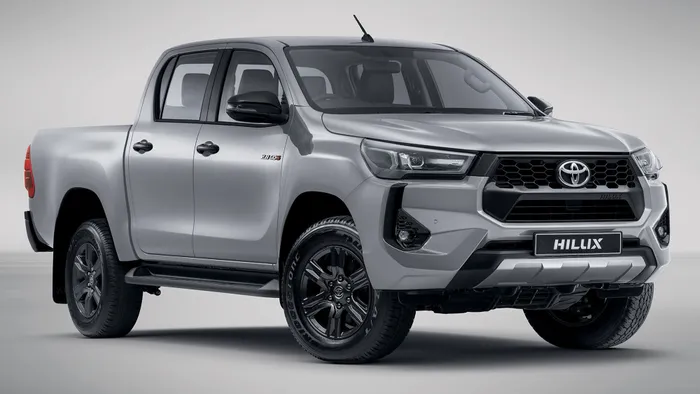South African vehicle sales surge to six-year high in July: these were the 15 top-selling manufacturers

Toyota was the most popular carmaker in July, with 12,694 units sold.
Image: Supplied
South African new vehicle sales surged to their highest level in almost six years in July, cementing 10 consecutive months of growth for the industry.
July saw a total of 51,383 vehicles being sold across the country, Naamsa | the Automotive Business Council reported, which is the highest monthly sales figure recorded since October 2019.
This figure also represents a 15.6% improvement over July 2024. New passenger car sales, at 36,248 units, led the way with year-on-year growth of 20.1%, buoyed by strong rental car sales that accounted for 14% of this segment.
Light commercial vehicle sales, at 11,556 units, grew by a more modest 6.9% versus the same month last year, while medium commercial vehicle sales grew by 13.9% to 703 units. Heavy commercials and buses declined by 1.3% to 2,076 units.
Dealer sales accounted for 83.1% of the overall vehicle market, followed by the rental industry (11.1%), government (3.1%) and industry corporates (2.7%).
Toyota enjoyed its usual lofty lead, with an impressive total volume of 12,694 units, followed by Suzuki Auto (6,257) and Volkswagen (5,738).
15 Top Manufacturers: July 2025
- Toyota - 12,694
- Suzuki Auto - 6,257
- Volkswagen - 5,738
- Hyundai - 3,161
- Ford - 2,877
- GWM SA - 2,436
- Isuzu - 2,427
- Chery - 2,160
- Kia - 1,891
- Mahindra - 1,441
- Renault - 1,320
- BMW - 1,249
- Nissan - 1,190
- Omoda & Jaecoo - 1,069
- Jetour - 717
Consumer confidence, improved affordability
Naamsa attributed the improved sales picture to improving consumer confidence, favourable credit conditions, and a steady recovery in disposable incomes.
The recent decision by the South African Reserve Bank to reduce the repo rate by 25 basis points to 7.00% is expected to stimulate the economy further.
In addition, inflation remains subdued, and while headline inflation rose to 3.0% in June, core inflation eased slightly to 2.9% in June.
“There remains a direct correlation between the rate-cutting cycle and the upturn in new vehicle sales,” says Lebo Gaoaketse, Head of Marketing and Communication at WesBank.
“The market should continue to expect growth if interest rates remain lower.”
There could even be scope for a further cut before the end of 2025, Gaoaketse says.
“With inflation well within target, an additional cut would allow the industry to potentially show double-digit growth for the year, spurring consumer and business confidence.”
An increasing array of affordable imported offerings is also spurring growth in the market, says Brandon Cohen, Chairperson of the National Automobile Dealers’ Association (NADA).
“The rapid rise of Chinese and Asian brands reflects a shift in buyer preferences toward affordability and value. It’s a trend we expect to intensify as more brands enter the market,” Cohen explains.
Four Chinese importers now find themselves among the country’s 15 most popular manufacturers, while budget contenders such as Kia and Mahindra continue to feature prominently.
Exports down on US tariffs
South African vehicle exports, at 35,379 units, declined by a mere 1.9% year-on-year in July, but year-to-date exports remain 2.5% of the same period in 2024, Naamsa explained.
This comes in spite of the 25% tariff on automotive exports to the US that was implemented in April 2025, which currently only affects Mercedes-Benz. Nonetheless, South African vehicle exports to the US have declined by 82.2% in the first half of 2025.
IOL Motoring
Related Topics: